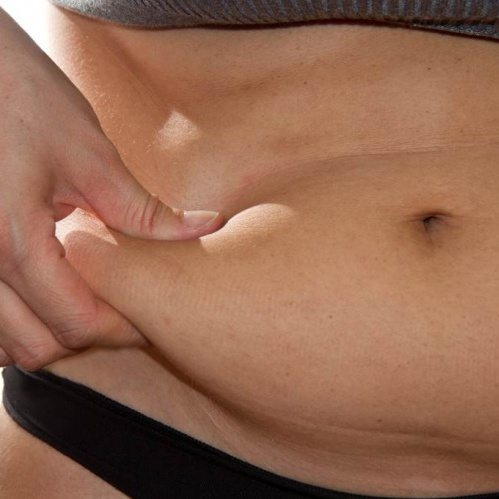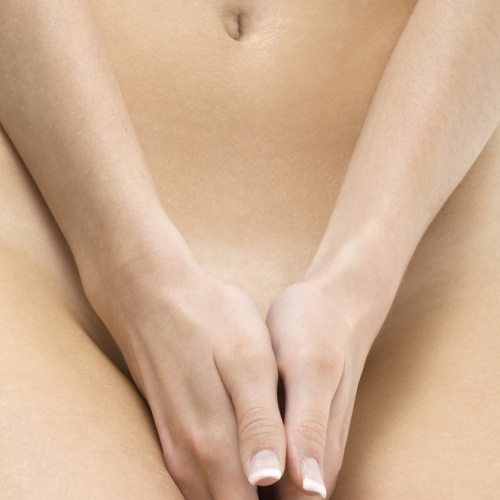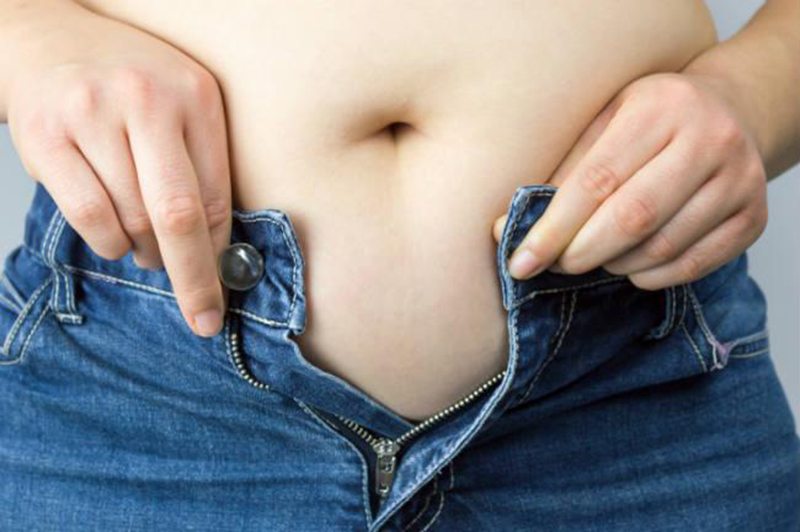
Sculptural Liposuction
18 April, 2017
Intimate Surgery
19 April, 2017
Abdominoplasty (Tummy Tuck)
If you're considering abdominoplasty...
Abdominoplasty, known more commonly as a "tummy tuck." It is a major surgical procedure to remove excess skin and fat from the middle and lower abdomen and to tighten the muscles of the abdominal wall.
The procedure can dramatically reduce the appearance of a protruding abdomen.
Bear in mind, it does produce a permanent scar.

Introduction
The skin and muscles of the anterior abdominal wall can be stretched during pregnancy or excessive weight gain. In some people this leaves loose skin and fat which can cause difficulty with clothing and may look unattractive. Exercise and diet can help to reverse these changes to some extent but in many people it is difficult to get back to the shape you once had. In these instances surgery may be helpful to tighten the muscles and remove the excess skin (referred to as an abdominoplasty or "tummy tuck").
The operation is performed through a horizontal incision which is placed very low within the bikini area. Some ladies may already have the scar of a caesarian section in this area which can be improved and incorporated in the abdominoplasty scar. By strengthening the central muscles of the abdomen it is possible to improve the waist line as well as to flatten the abdomen in profile. This procedure is often done in conjunction with liposuction to remove some excess fat. It should be stressed that this is not an operation which aims primarily to remove fat, but rather one for removal of loose skin and muscle tightening.
How do I prepare for surgery?
It is important to avoid taking any Aspirin or products containing Aspirin for 2 weeks either side of the operation since Aspirin has an adverse effect on bruising. If you are a smoker it is helpful to stop for two weeks before surgery and for a week afterwards so as not to restrict the circulation to the skin. Patients taking the oral contraceptive pill are advised to stop this for one complete cycle before surgery.
Where will my surgery be performed?
The surgery is usually performed at a clinic in the city of Buenos Aires where Dr. Freschi works with in Plastic and Aesthetic Surgery. You will usually be admitted on the day of surgery.
You will need a friend or relative to accompany you home when you leave hospital after surgery.
What type of anaesthetic will be used?
Abdominoplasty is performed under a general anaesthetic, so you'll sleep through the entire operation.
What does the operation involve?
For a full abdominoplasty Mr Grover will make an incision slightly above the pubic area within the bikini line. Having made this incision the skin and fat of the lower abdomen is lifted away from the underlying muscles to the level of the navel. At this point a second incision is made around the navel, in order to free this from the surrounding tissue. Once this is done, the skin and fat is again lifted off the abdominal muscles to the level of the rib cage leaving the navel on a stalk. The abdominal muscles are then tightened by stitching them together creating a firmer tummy wall and a narrower waist.
In the mini abdominoplasty technique a similar incision is made within the bikini line but often a little shorter than the full abdominoplasty. The skin is separated only between the lower incision line within the bikini line and the navel. The navel is left in place without the need for a further scar. This allows the removal of loose skin and excess fat from the lower abdomen as well as tightening of the muscles to improve the waistline. Liposuction may be combined with this procedure if there is fat which needs removal in the upper abdomen or around the waist.
How long will the surgery take?
The length of your operation depends on the procedure. Complete abdominoplasty usually takes about two and a half hours while mini abdominoplasty takes approximately one and a half hours.
Is it painful?
Pain and discomfort are subjective sensations but it is true to say that an abdominoplasty is considered one of the more painful procedures. This is more noticeable when standing or walking in the first few days following surgery, therefore for the first week or so you will need to take regular painkillers in order to control this.
What can I expect after the Surgery?
After abdominoplasty it is normal for the abdominal muscles to feel a little tight. Whilst lying in bed it is advisable to keep the knees bent with two pillows behind them as this reduces the tension and is more comfortable. Likewise you will need to walk slightly bent forwards once you are up and about and will gradually straighten up over the first few days after surgery. To help the swelling over the abdomen settle down Dr. Freschi will advise you to wear a surgical corset for the first 4-6 weeks after surgery. Your stitches around the navel are removed between 7-10 days whilst those in the bikini line are removed at 10-14 days.
For the first few weeks you will notice that the abdomen will feel firm to touch, particularly along the edges of the incision site. This will be as a result of the normal healing process.
Abdominoplasty is a major operation and you should therefore take 2 weeks off work to recover during which time you will need some help at home with house work. It is advised not to drive during the first two weeks until the stitches are removed.
Summary
Abdominoplasty has always been a popular cosmetic surgery procedure. It is an excellent solution for individuals who are troubled by redundant abdominal skin, lax muscles and excess fat in the lower abdomen. Providing one accepts the lengthy scar and recovery period, the results will be pleasing. The procedure will give confidence to the individual and allow them to wear clothes that were previously unsuitable. The effects are generally long lasting provided you follow a balanced diet and exercise regularly.


